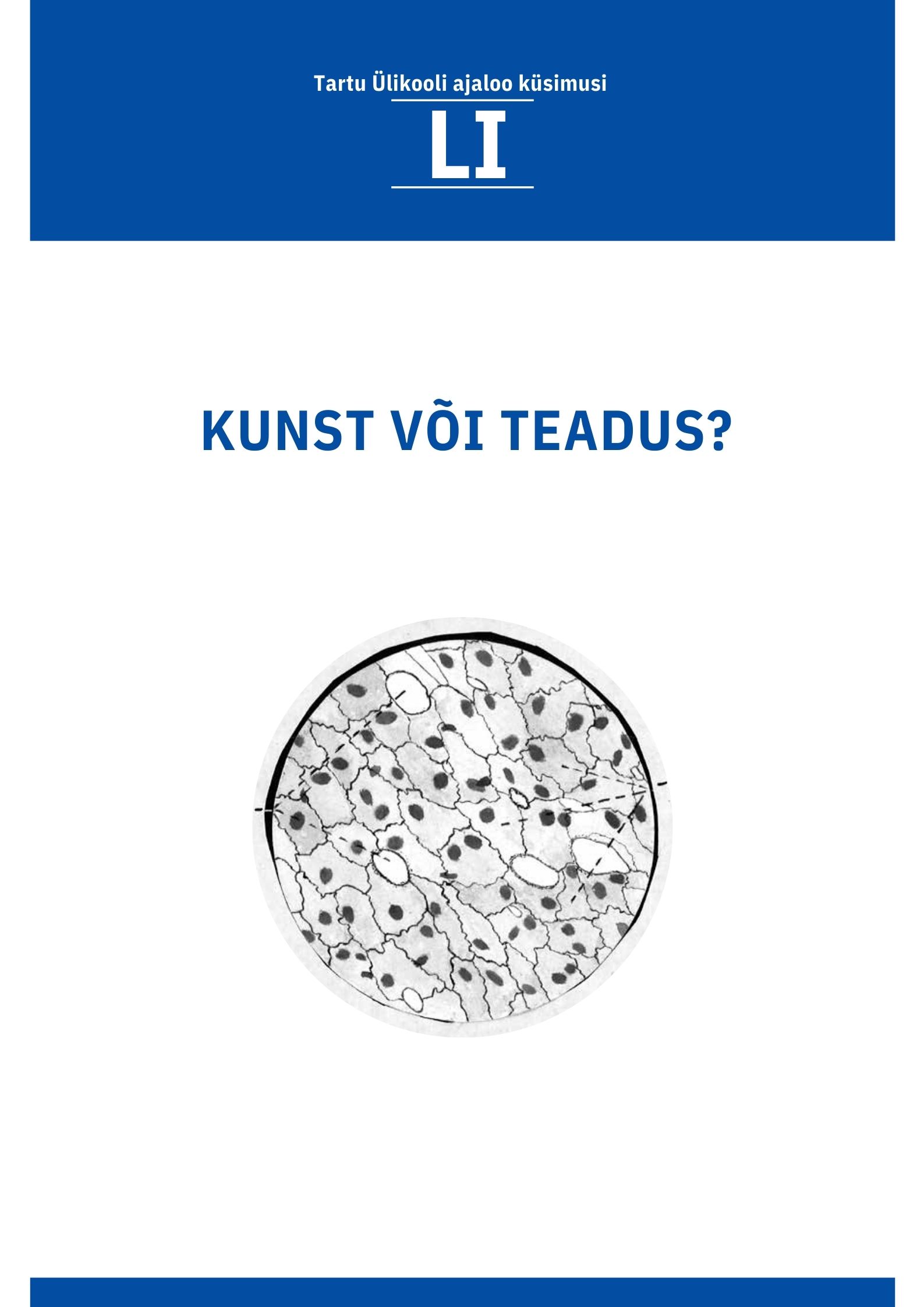Kuidas taimed pildiks said? Teadusillustratsioonide publitseerimisest 19. sajandil Carl Friedrich von Ledebouri teose "Icones plantarum novarum" näitel
How did plants make their way into a picture? Publishing scientific illustrations using the example of the 19th Century "Icones plantarum novarum" by Carl Friedrich von Ledebour
DOI:
https://doi.org/10.15157/tyak.v51i.23348Abstract
The 1826–27 Altai expedition played a crucial role in the career of
University of Tartu professor of botany C. F. v. Ledebour and its results
were shown in travel journals and “Flora Altaica”—a systematic
overview of plant species. During the expedition, the scientists
described 1600 plant species, including 500 new ones. In order to introduce
new, previously unknown plant species, Ledebour considered
it necessary to print a separate series of illustrations: the “Icones
plantarum novarum”—an edition with 500 (sic!) colour plates.
There had been previous attempts to depict Russia’s flora in illustrations
(“Flora Rossica” by Paul Simon Pallas), yet those attempts
often remained unfinished and the published illustrations numbered
less than 100. Thus, Ledebour’s edition, with its 500 folio-sized book
plates, was an extremely grand project for its time. The budget for
printing the illustrations exceeded the costs of the entire expedition
several times over. The budget draft, still preserved in the archive,
expressively demonstrated various stages of 19th century scientific illustration
publishing as well as the largest expenses: the majority of
the funds was spent on hand-colouring and drawing the illustrations
on printing paper according to herbarium sheets. Sufficient funding
was only provided thanks to the support of the Imperial power: the
Emperor pre-ordered 75 black and white and 25 coloured, “deluxe”
volumes of the entire edition.
The 500 illustrations are accompanied by the names of six different
authors: W. Krüger, E. Bommer, F. Scheffner, D. von der Pahlen,
W. Müller, C. von Ungern Sternberg. In addition, there are a few
dozen anonymous pages, most likely drawn by A. Hagen. All of those
listed above were, in some way or another, connected to the University of Tartu drawing school, and thus became involved with that
project.
Ledebour’s series of plates is set apart from its predecessors by
the choice of printing technique: the colour plates of “Icones plantarum
novarum” were made using lithography, which was faster and
cheaper than earlier intaglio printing. Due to the fact that Tartu did
not have a lithography workshop at the time, the illustrations were
printed in Munich. Illustrations of Altai plants, drawn in Tartu after
herbarium sheets, were lithographed—transferred to stone slabs—by
Wilhelm Siegrist, with the exception of just the last 5 pages that have
Prestele’s name on them. Lithographic engraving, a special technique
used by Siegrist, ensured that the resulting artwork boasted very
fine and precise lines.
It is remarkable that such a resource and labour-intensive task
was successfully completed as planned. “Icones plantarum novarum”
was published in 10-page folios, 10 folios (100 plates) per year, with a
total of 500 plates published between 1829–34 (with the only exception
being the years 1831–32, when 100 illustrations were published
in two years). The final print number is unknown, as different
versions of the information are present in the archives. The artistic
level of the final result is also significant: plant illustrations printed
using lithography (or lithographic engraving, to be precise) are very
detailed and clean, the coloured versions being especially charming
and easily deserving to be named among the most beautiful botanical
illustrations of the 19th century.
Publishing such series of illustrations demanded great entrepreneurship
and various significant choices in process management
from the scientists involved. This might have been a great workload,
but it was justified, as it was done in the name of promoting scientific
discoveries. However, “Flora Rossica”, Ledebour’s scientific magnum
opus, the first comprehensive overview of Russia’s flora, was published
years later merely in a 4-volume book series without a single
illustration.

